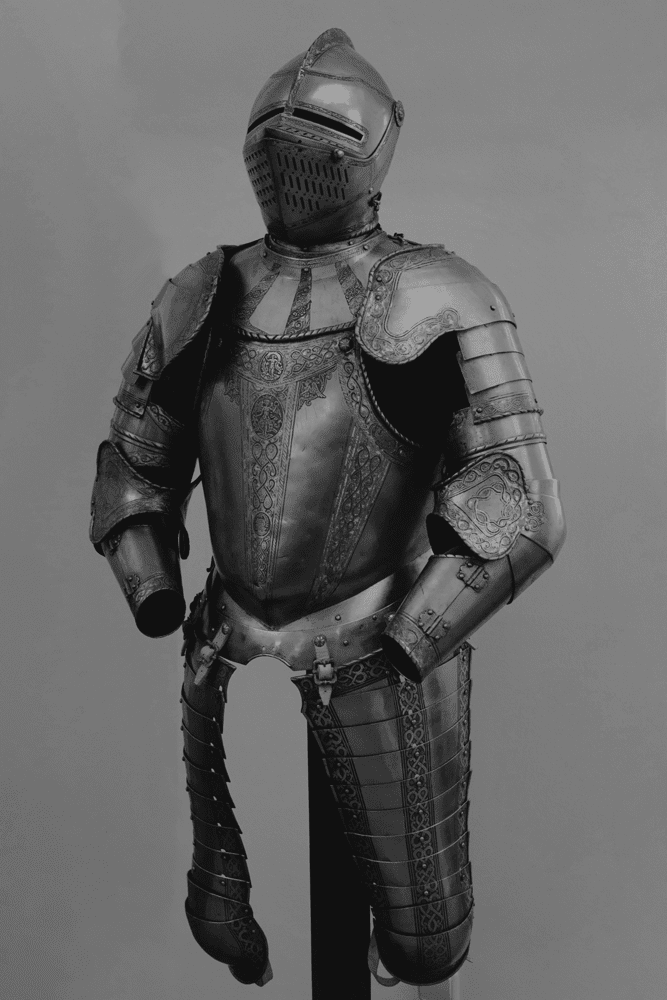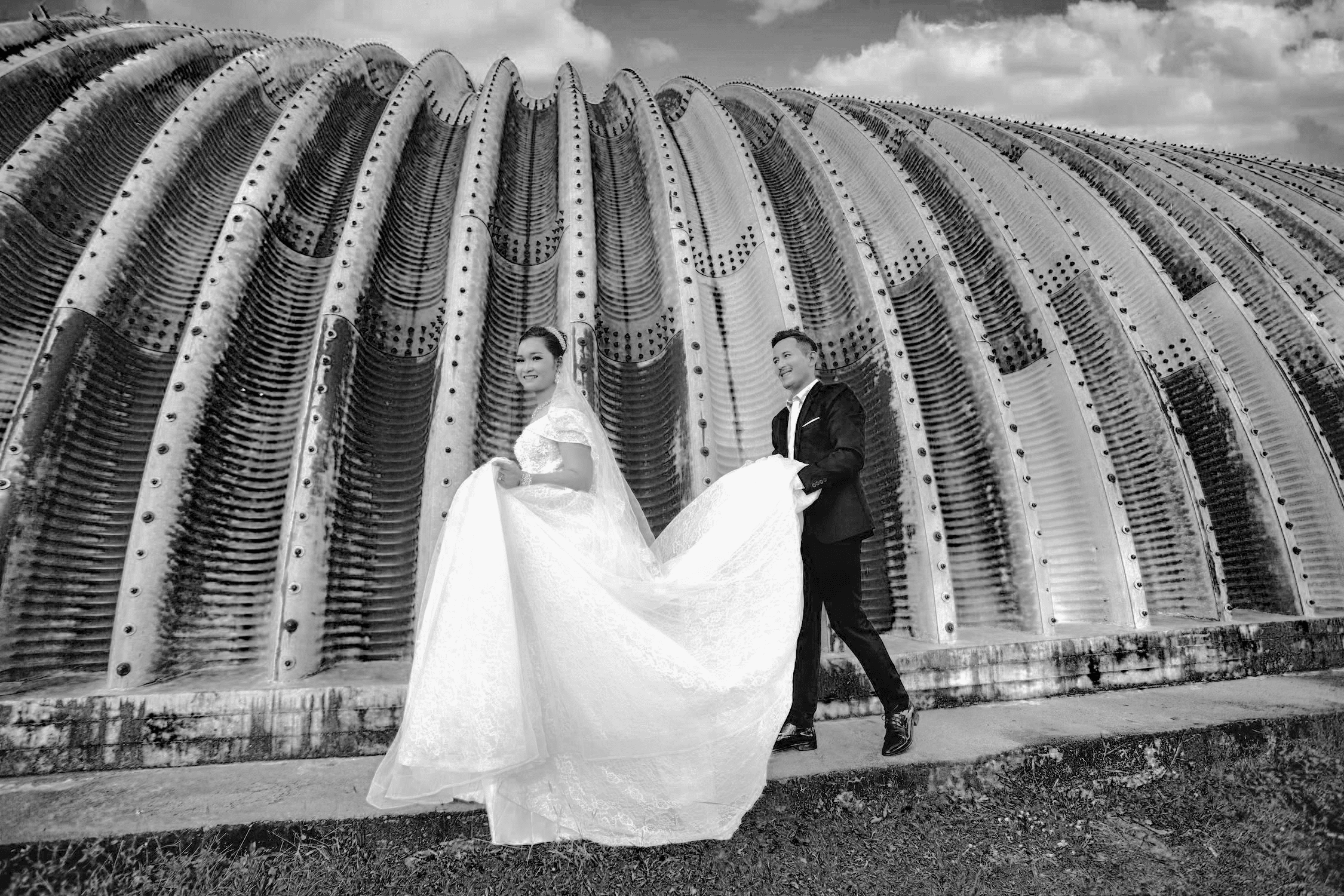Chivalry is a concept that has been around for centuries, but its meaning and practice have evolved over time. In this blog post, we will explore what chivalry means in the 2020s compared with the last 100 years, and how our understanding and practice of chivalry has changed over time.
Chivalry is a code of conduct that originated in mediaeval Europe, and was associated with knights and their behaviour towards women. The concept of chivalry was based on the idea of honour, courage, loyalty, and respect for women.
In its original form, chivalry was focused on the behaviour of men towards women, and was characterised by acts of gallantry, courtesy, and devotion. Chivalrous behaviour included opening doors for women, pulling out chairs, offering one’s coat, and walking on the outside of the sidewalk to protect the woman from traffic.
Chivalry has been a concept that has been around for centuries, but it has evolved significantly over the last 100 years. In this blog post, we will explore how chivalry has evolved every decade over the last century and whether it is still gender-specific.


During the 1910s and 1920s, traditional gender roles were prevalent, and chivalry was associated with men’s behaviour towards women. Men were expected to be chivalrous towards women, such as opening doors, offering their coats, and paying for dates. Women were expected to be polite, respectful, and submissive.
The 1930s and 1940s were marked by World War II, which led to significant changes in society, including the changing role of women. Women began to enter the workforce, and traditional gender roles began to shift. Chivalry began to reflect these changes, with men expected to be respectful and courteous to women while also acknowledging their newfound independence.
The 1950s and 1960s were marked by the feminist movement, which challenged traditional views of chivalry. Men were expected to treat women as equals rather than objects of chivalrous behaviour. The idea of chivalry began to focus more on being respectful and courteous to everyone, not just women.
In the 1970s and 1980s, chivalry became less gender-specific, and chivalrous behaviour began to focus on being kind and helpful towards others. Men were expected to behave in a way that showed empathy and compassion towards others, regardless of gender.
In the 1990s and 2000s, chivalry continued to evolve as society became more diverse and inclusive. Chivalrous behaviour became less about gender and more about showing respect and kindness towards everyone, regardless of their identity or background. Chivalry also became more focused on consent and understanding boundaries.
In the 2010s and 2020s, chivalry continued to evolve to reflect the changing attitudes towards intersectionality. Chivalrous behaviour is now about showing empathy and compassion towards everyone, regardless of their race, ethnicity, sexuality, gender identity, or background.


While the traditional idea of chivalry was focused on men being chivalrous towards women, the concept of chivalry has evolved over time to become less gender-specific. Chivalrous behaviour is no longer solely about men acting in a certain way towards women, but is about being kind and respectful towards everyone, regardless of gender.
In conclusion, chivalry has evolved significantly over the last 100 years, reflecting the changing attitudes towards gender roles and the need for empathy and respect towards everyone. While chivalry was once gender-specific, it has evolved to become less focused on traditional gender roles and more about being a decent human being. Chivalrous behaviour is now about showing empathy and compassion towards everyone, regardless of gender or identity. As society continues to evolve, the concept of chivalry will likely continue to reflect the changing attitudes towards intersectionality and the need for respect and kindness towards everyone.



🔐 Use code FIRST25 and get a whopping 25% OFF* on your first order. But hurry, it’s only for a limited time and only on selected products.
🚀 So, hush-hush and start shopping now to snag the best deals before they vanish!